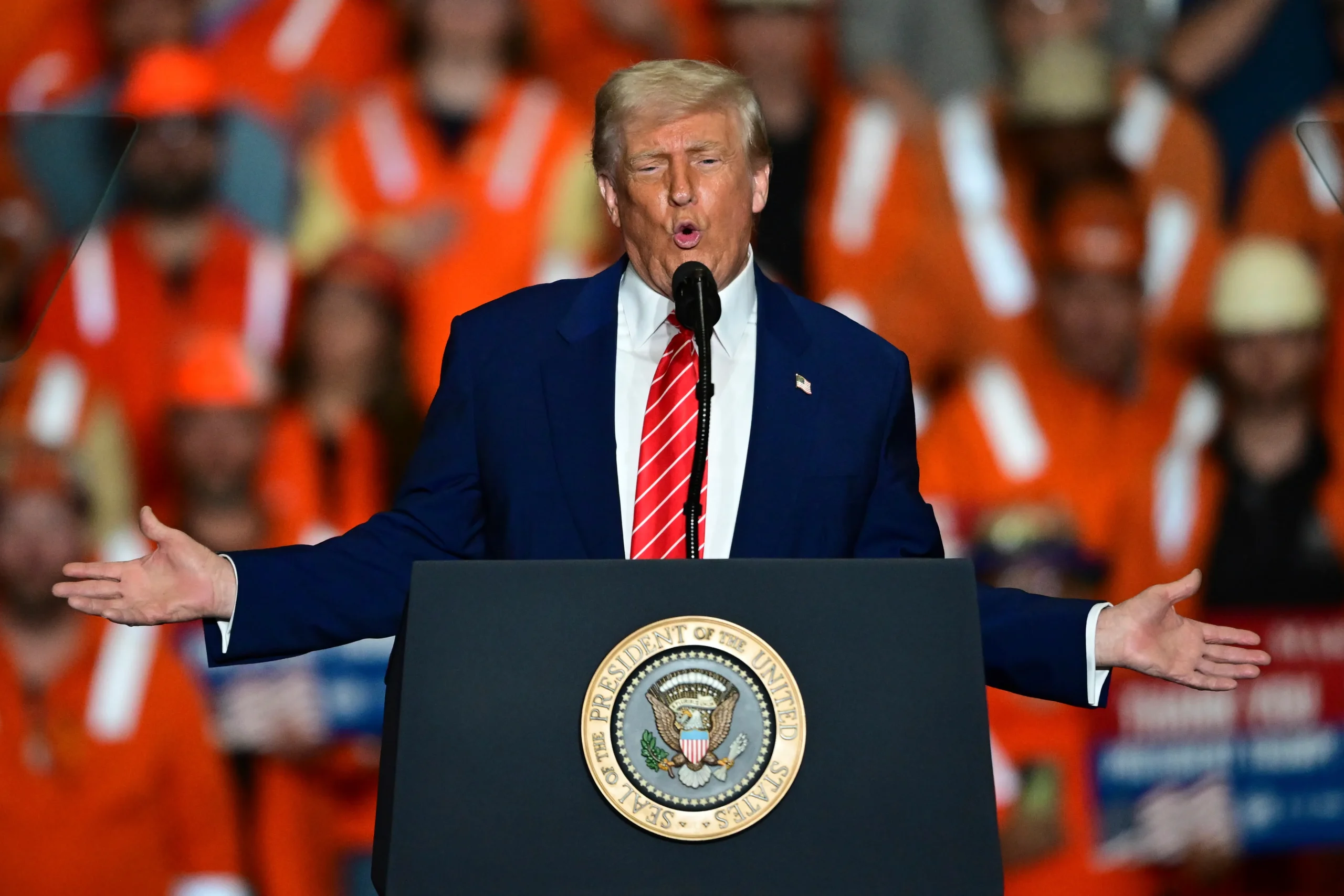
President Donald Trump announced the US will increase tariff rates on steel and aluminum imports from 25% to 50%, effective Wednesday.
Speaking at a Pittsburgh rally Friday, Trump said the measure would strengthen the local steel industry and national supply while reducing dependence on China. He also revealed that $14bn would be invested in regional steel production through a US Steel-Nippon Steel partnership, though he later told reporters the final deal remained under review.
The announcement represents another shift in Trump’s tariff strategy since returning to office in January.
“There will be no layoffs and no outsourcing whatsoever, and every US steelworker will soon receive a well-deserved $5,000 bonus,” Trump told the crowd of steelworkers to enthusiastic applause.
Steelworkers had expressed concern about how Japan would honor union contracts regulating pay and hiring under the US-Japan trade arrangement.
Trump claimed he had “saved” US Steel, America’s largest steel manufacturer based in Pittsburgh, through 25% tariffs implemented during his first presidency in 2018. However, US Steel has experienced declining sales and profits recently.
Trump promoted the 50% increase as necessary for US Steel’s survival, stating, “At 50%, they can no longer get over the fence. We are once again going to put Pennsylvania steel into the backbone of America, like never before.”
US steel manufacturing has declined as China, India, and Japan have become leading global producers. Approximately 25% of US steel is imported, with reliance on Mexican and Canadian steel particularly concerning Trump.
The announcement occurs amid court challenges to Trump’s global tariffs. An appeals court has allowed the tariffs to continue after the Court of International Trade ordered their halt, though steel and aluminum tariffs remain unaffected.
JoJo Burgess, a United Steelworkers union member attending the rally, called it “a good day for steelworkers.” Burgess, who serves as mayor of Washington, Pennsylvania, expressed optimism about the Nippon Steel partnership generating new steelworkers. He recalled “making a lot of money” following Trump’s first-term steel tariffs.
While not identifying as a Trump supporter and having voted Democratic for two decades, Burgess said: “I’m never going to disagree with something that’s going to level the playing field for American manufacturing.”
Trump’s tariffs have contributed to global economic disruption, affecting trade and markets while straining international relationships, including with close partners. The measures have particularly damaged US-China relations, launching a trade battle between the world’s largest economies.
Friday, Trump accused China of violating their recent tariff truce reached in Geneva, though he provided no details. US Trade Representative Jamieson Greer clarified that China hadn’t removed non-tariff barriers as agreed. China responded by urging the US to “cease discriminatory restrictions against China” without directly addressing the claims.
China produces over half of global steel according to 2022 World Steel Association statistics.
“If you don’t have steel, you don’t have a country. You don’t have a country, you can’t make a military. What are we going to do? Say, ‘Let’s go to China to get our steel from the army tanks,'” Trump said at the rally.
Trump’s hour-long speech referenced the Japanese deal without providing new details. Neither company has confirmed completion of any agreement.
US Steel agreed in December 2023 to a $15bn Nippon Steel takeover before President Biden blocked it on national security grounds. During his campaign, Trump opposed the foreign takeover, saying he would “block it instantaneously” and calling it “so terrible.”
The new “partnership” structure remains unclear regarding US Steel’s ownership and operation of the 124-year-old company.
White House officials said Trump convinced Japan to increase US investment and grant government oversight of US factory operations. US media reports indicate Japan plans $14bn investment over 14 months.
Additional reported details include maintaining US ownership of US steel with American citizens in board and leadership roles, pledging no production cuts for 10 years, and granting government veto power over future production reductions.




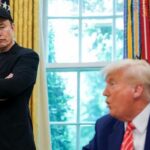

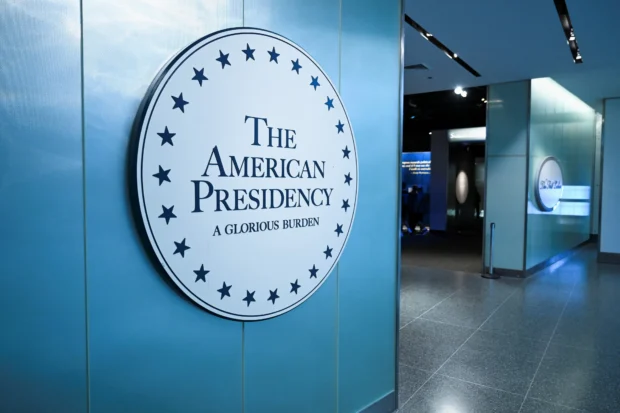
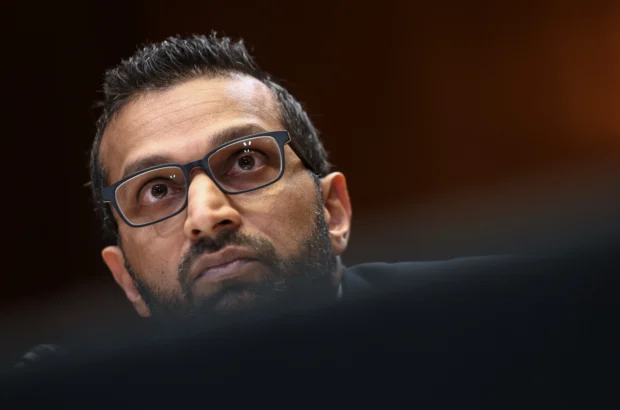


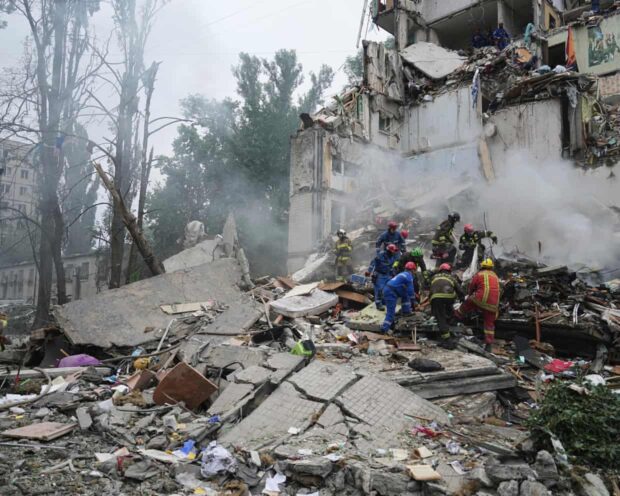

Be the first to leave a comment